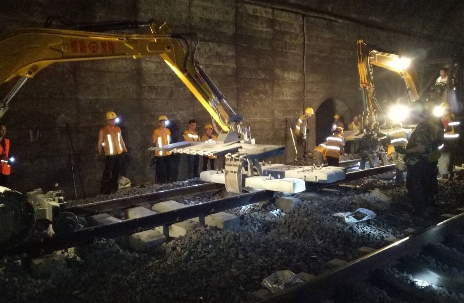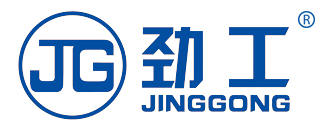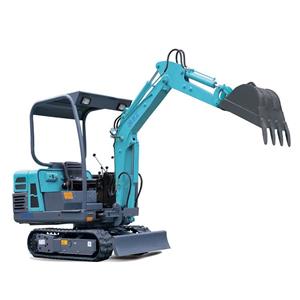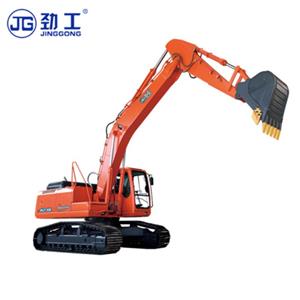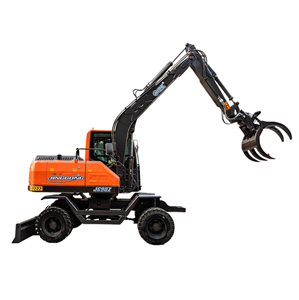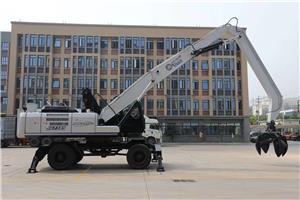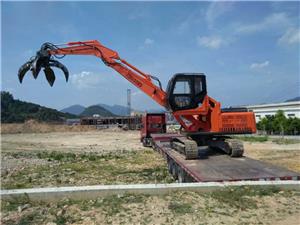Multi-model cooperation to promote Southeast Asian railway modernization
Multi-model cooperation to promote Southeast Asian railway modernization
In the comprehensive upgrading project of the North-South main railway in Vietnam, the construction team faces the complex challenges of the century-old line: serious settlement of the existing track, aging and cracking of the ties, and hardening of the ballast plate, which need to be completed without interruption of operation. Traditional manual operation is inefficient, and it is difficult to meet the millimeter accuracy requirements of the new track.
The project is the first to put into the automatic pillow replacement machine, accurately grasp the failed concrete sleepers through the hydraulic fixture, and implant the new sleepers synchronously. The positioning system carried by the robotic arm automatically aligned the hole position of the bolts, which could complete 1.2 km of sleeper replacement in a single day. The speed was 8 times higher than that of manual, and the deviation of track geometry was avoided. In the serious area of the old ballast plate, the rotating chain cutting machine goes deep into the bottom of the sleeper, and the dirty gravel is efficiently dug out and transported to the muck truck. Its adjustable excavation depth (0-50cm) ADAPTS to different subgrade terrain, completely solves the problem of roadway bed drainage failure, and lays the foundation for the subsequent process. Multiple groups of double-track tamper machines are operated synchronously, hydraulic picks are inserted into the ballast high-frequency vibration to tamp the subgrade, and synchronously detect the track level/direction error. The real-time feedback system was used to automatically adjust the track lifting, and the track smoothness error was finally controlled within ±1mm, which met the running standards of high-speed trains. Finally, the laser-guided leveling machine finishes, the scraper system evenly paves the new ballast and compacting, and combines the GNSS positioning technology to shape the section of the bed. A single completion of ballast distribution, slope trimming and elevation control, significantly reducing the frequency of subsequent maintenance. The construction period of the 300-kilometer line was shortened by 40%, and the manpower input was reduced by 65%
The whole process mechanization scheme from changing pillow to fine adjustment of track bed has completely changed the traditional railway maintenance mode. In particular, the cooperation of tamper and flatter makes our line quality reach the international first-class standard.
